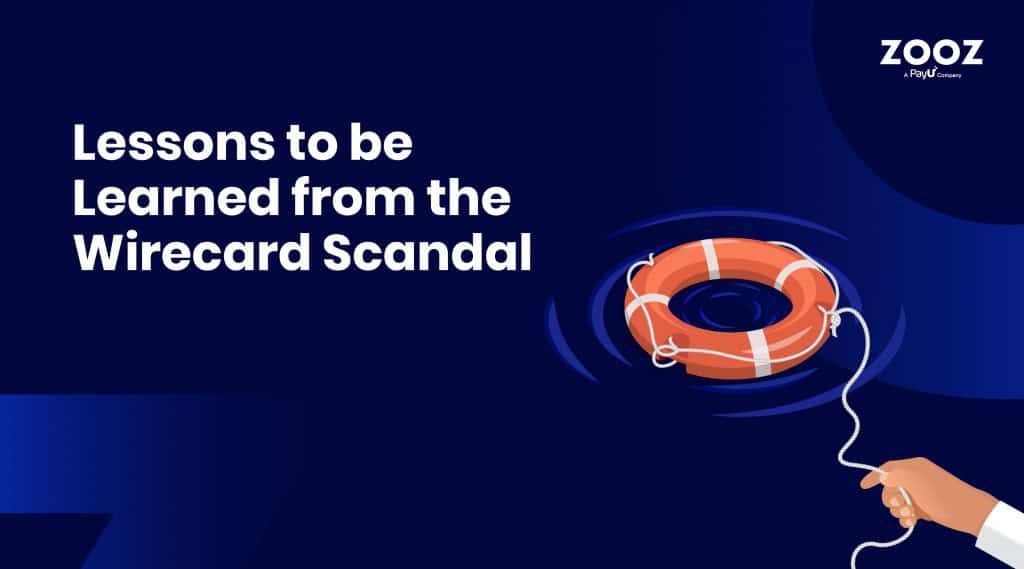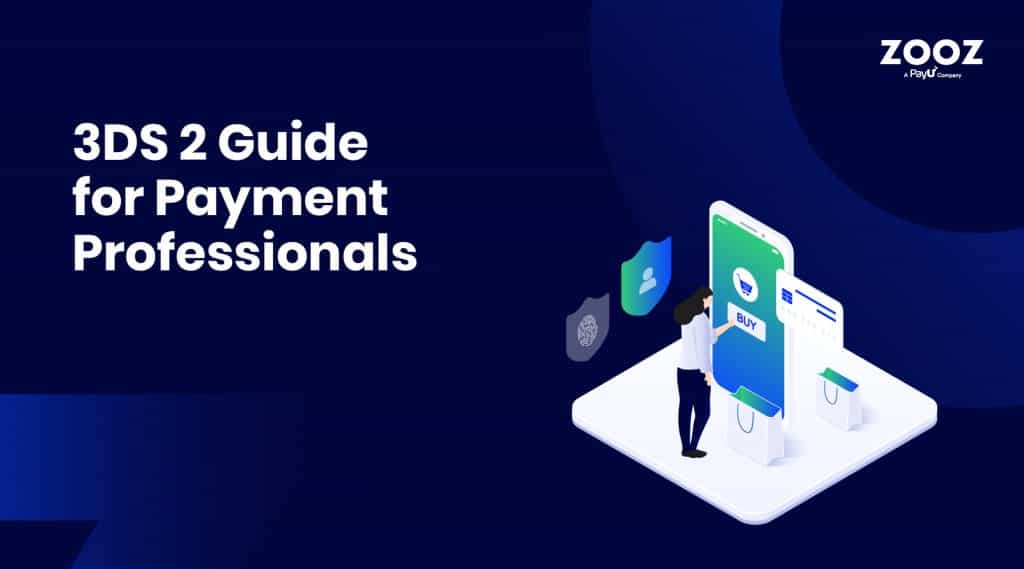POL is becoming the go-to solution for the forward-thinking merchant
There is no shortage of payment solutions or segment-solutions in the market. Each is designed to answer one, or multiple, requirements, and merchants are often left perplexed as to which one might be the right solution for them – especially since many solutions share similar features.
While the payment process is seemingly simple, in reality, merchants need to face a multitude of challenges in the optimization process. Ultimately, the factors that need to guide the selection of one solution over the other should be the result of understanding where your business currently stands, and what challenges you are facing or will be facing in the near future.
What’s a POL?
In a nutshell, a Payment Orchestration Layer (POL) is a technological layer designed to consolidate a company’s payment data, facilitate the easy addition of payment providers and functionalities into a company’s payment stack, and allow it to optimize its payment operation with both the payment data and the tools to implement its business strategy. POL helps merchants overcome challenges in the fields of fraud and security management, cost of payments, IT challenges and the need to support growth and scalability in penetration into new markets.
Who is it for?
POL becomes a necessity for merchants with a large or growing payment operation or for merchants who are thinking strategically, knowing that they will need to expand their business and offering in the future. POL offers merchants the infrastructure that allows them to build a solid base for their growing operation, streamline their internal and external payment processes and easily add providers and flexibly change their stack according to their evolving business needs.
Payment Orchestration Architecture
While POLs have multiple features, their core functionality is orchestration which comes into play in the following features:
Dynamic, customizable routing rules
The ability to set transaction routing rules according to business logic e.g. maximizing approval rates and enhancing customer experience.
These rules should be easy and straightforward to devise, even by individuals without an engineering background.
POLs also allow merchants to test and generate rules to test new strategies e.g. A/B testing of various providers and more.
Set failover rules
Downtimes are the most feared-from occurrences for merchants, as they have the potential to have a hazardous effect on their revenue, so the ability to set rules to send transactions to a back-up provider in case of downtime is of extreme importance, especially for merchants that operate 24/7.
Tokenization
POLs should have the ability to enable generation and coordination of tokenization/detokenization (whether by themselves or via a third party).
Easy, straightforward interface
POLs allow to easily set rules and extract information even without an engineering background, making it usable across the organization.
Cloud-based solution
POLs are usually cloud-based, which allows them to deal with their distribution requirements, scalability, resiliency, and security attributes.
Compliance with regulations
As merchants are constantly required to make sure they are compliant with a myriad of regulations such as SCA and 3DS, their POL solution should also be up-to-date with the market’s requirements and be able to do actions such as flagging card credentials for recurring transactions and more.
An API-based solution
The ability to easily add and integrate multiple providers, acquirers and more via a single API.
What are the benefits?
POLs benefit both the front and back ends of the payment process. They have a profound effect on the customer experience as they help to maximize transaction routing, beat downtimes and consequently increase approval rates, all while creating a smooth checkout experience for the customers.
Additionally, POL supports merchants by providing them with the tools to route, A/B test and maximize their performance with smart reporting and allows them to transform their payment data into actual strategic decisions to increase their revenue and minimize their operational costs.
Payment Orchestration? Gateways? PSPs?
It is important to say a few words about the difference between the various solutions and
the roles they play in the market, and what makes a POL different.
While multiple solutions offer connectivity to various endpoints like acquirers and PSPs – and some even fill a lot of the functionalities we’ve mentioned above – gateways and PSPs are often very demanding, and require merchants to set rules and functions in their systems manually, something that usually needs to be performed by an engineer.
These solutions also lack at their core the agnostic aspect of a POL, meaning that they will always have some “foreign” incentives that will interfere or won’t be completely aligned with those of the merchant’s.
POLs, on the other hand, offer both the flexibility to change, add and adjust processes, rules, and integrations with a click of a button, while also being an agnostic tool in the hands of the merchants to create the rules and business logic fitting to their individual goals.
Today’s merchants, especially those that operate on a global scale, are faced with a more complex payment ecosystem than ever before, and they often need to handle a growing number of local payment methods and providers and to seamlessly integrate them into their stack.
Juggling between multiple geographical locations, a multitude of PSPs and acquirers, as well as the need to consolidate and extract business data for BI purposes are pain-points that have a direct effect on a company’s bottom line. A well-architected Payment Orchestration layer allows merchants to turn payments into a truly valuable asset and is a key component to enable the forward-looking merchant to smoothly grow its business.




